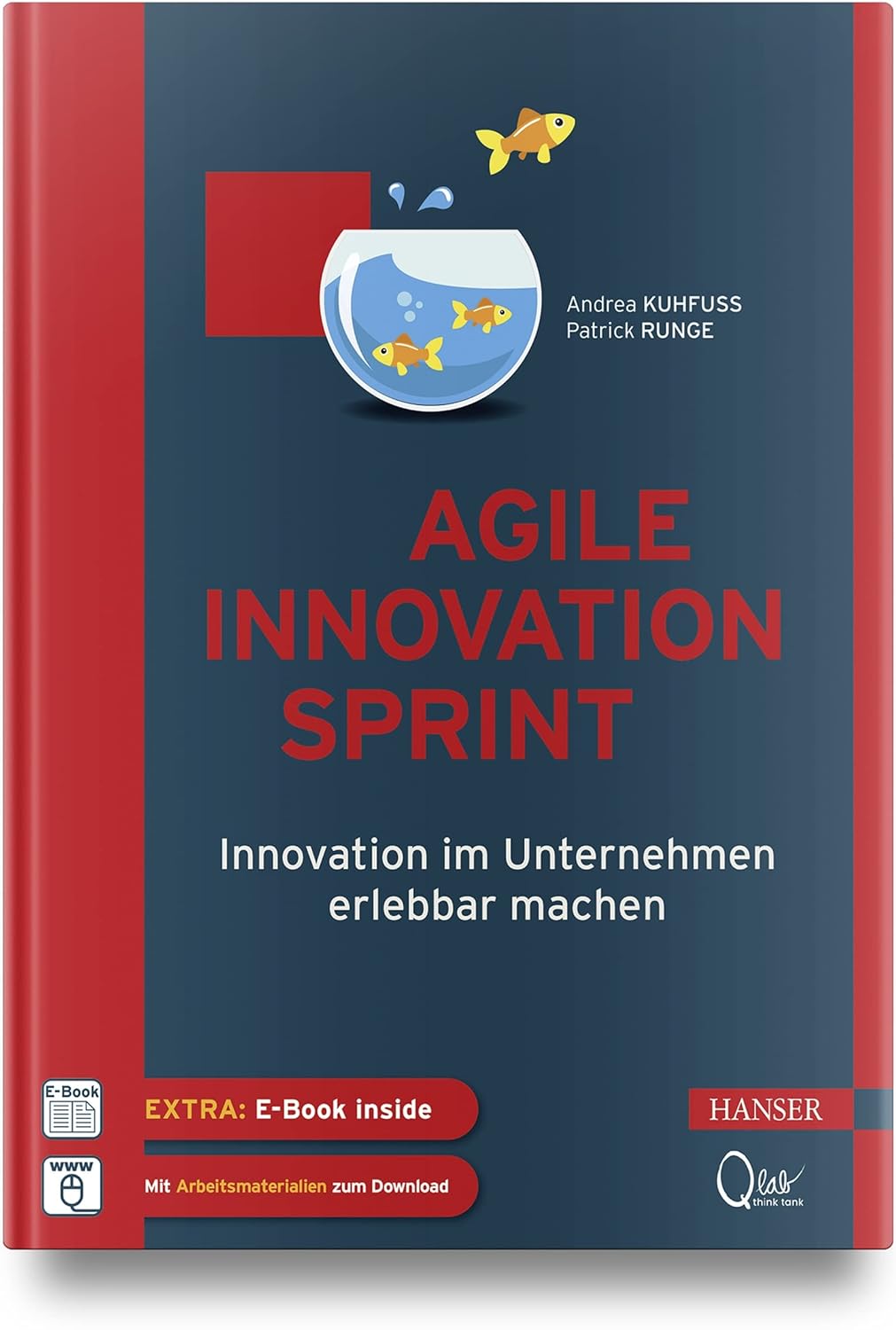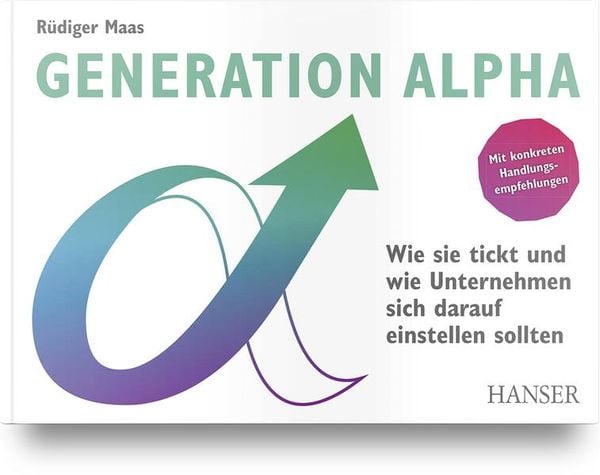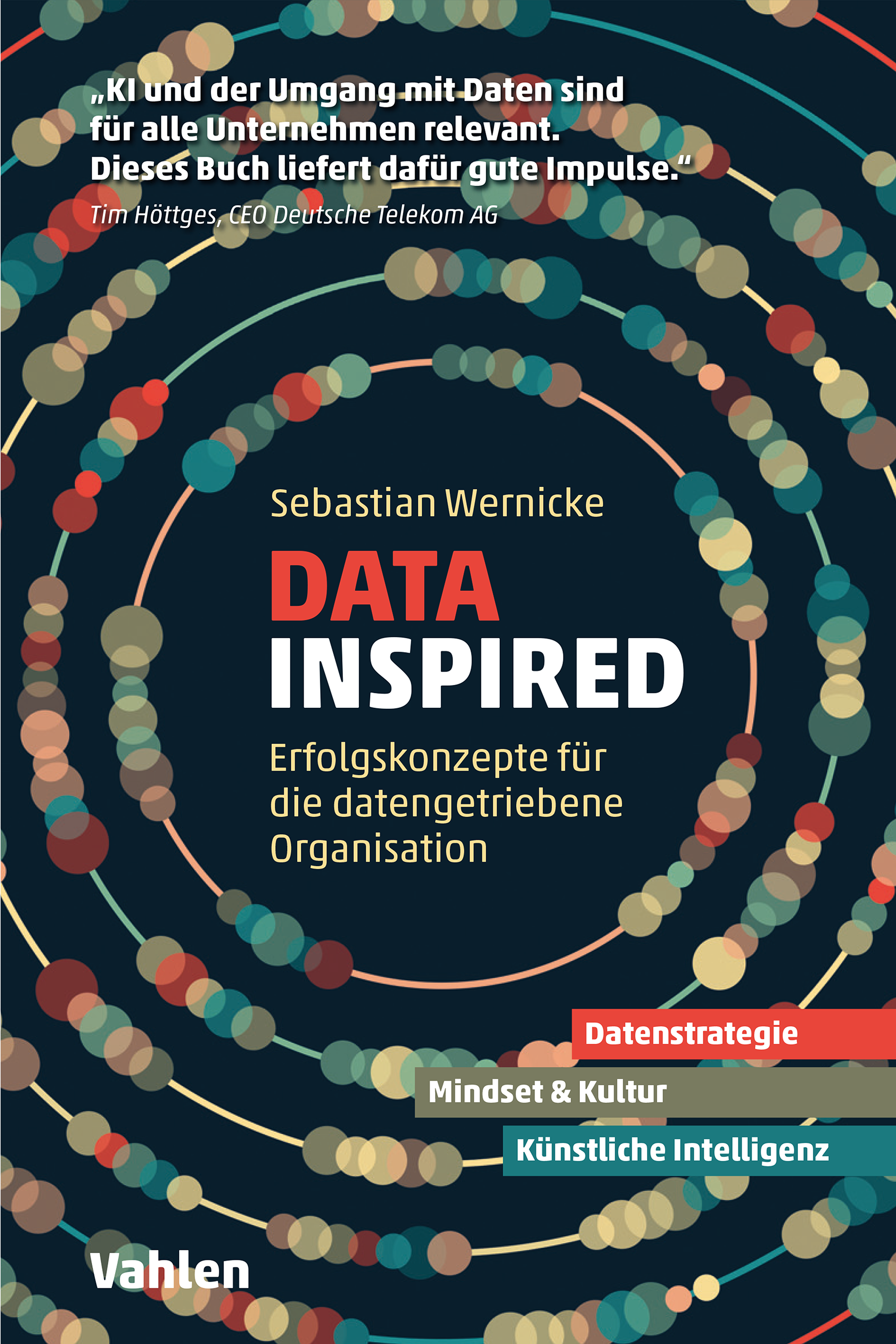A view on Complexity
A summary of thoughts on the Global Drucker Forum 2013 in Vienna
This year, I attended the Peter Drucker Forum in Vienna for the first time. Although knowing Peter Druckers work quite well, I was not aware of the annual conference so far, which is organized by the Drucker foundation taking place in Vienna every year. This years topic “Complexity” draw my attention, as Complexity theory and ideas from newer System theory are a core aspect of our consutling work and our applied research work and application in Leaderhip and Management through the xm-institute.
Only implicitly the speakers defined the term complexity as such. A few speakers used the difference between simplicity , comlicatedness and complexity:
- Simplicity is where all elements of a system as well as all links/ relationships are understood and the effects of the system can be extrapolated. Analytics can be used as a tool for those kind of systems. (Peter Gomez).
- Complicatedness is where it takes more knowledge of an expert to understand the interdependencies and functions of the system. Peter Gomez called those systems “unorganized complexity” where statistics can be used as a tool.
- Complexity is where you can not extrapolate the reaction of a system as nodes and relationships/ links can change over time. This is the case in in all social systems. Peter Gomez called them “organized complexity”, where only complexity theory can help as a tool.
Various theories can be used to describe characteristics of complex systems and give ideas on the management and control of them. Fredmund Malik described the current transition between two different states, where theories not well applied so far in management and leadership gain importance, as the old management paradigm reached a limit in terms of efficiency and effectiveness in the current situation. Theories like System Theory (understanding structures), Cybernetics (understanding control) and Bionics (understanding principles) can help out. I can not agree more on this statement. Malik described the concept of “syntegration” as a management tool of the new era, that is able to combine the power of small teams with large crowds. We as mack:consulting also work closely together with the industry and academics of different disciplines in the xm-institute on applied research to develop hands-on recommendations and tools for the executives to cope better with the new situation.
Charles Handy emphasized, that organizations have to grow better, not bigger to make complexity disappear and John Hagel III sees the need to develop from scalable efficiency to scalable learning as a tool to cope with complexity. While efficiency loves predictability and stability, learning favours more scalability, creativity and novelty. Hagel emphasized the need for institutional innovations to support this. He recommended to apply the approach of design thinking on workplaces as “work-environment design”. Tim Brown afterwards elaborated then more in detail some important aspects of design thinking in this context.
Peter Gomez described, that in a complex world, while required time to make decisions is constantly increasing, time available for making decisions is decreasing. This, with traditional techniques leads to incompetent simplifications. Gomez described Ashby’s Law as the basis to understand context control for complex systems. He propagated to “control complexity without destroying it” and to find “pockets of order” in disorganized structures.
Stefan Thurner described Network Analysis as a tool to visualize and analyse complex social structures by identifying patterns and characteristics of the network structure and the dynamics over time.
Yves Doz brought in the idea and management of “Wicked Problems” as a perspective on complexity: While management in simple and slow changing environments mainly focus on “Efficiency” and Discipline“, in complex and fast oving environment, management attention has to move beyond ”Insight and Vision“ to ”Resilience and Value”. Charles Edouard Bouée used the term VUCA to describe those kind of environments als Volatile, Uncertain, Complex and Abiguous). (for more details please have a look at our blog post on that idea LINK). In those situations, the speed of change is often faster than the speed of learning (Doz).
Doz also described the idea to come from “debate to dialogue”, where we should share goals, ideas, assumptions and perspectives instead of “packaged” proposals, which takes time, space and a “common language”.
To manage complexity, Integrated Thinking is necessary, where Leadership is often more “not what you do, but what you do not do”. David Hurst mentioned the point, that if you analyse systems, alwayse the scale level is important. All systems can be analysed on more or less all scales, so the manager has to decide, which level is appropriate. He also brought up, that instead of “command & control” or “collaborate & communicate” a good mission command should “command & collaborate”.
Julian Birkinshaw focussed on large organizations, which are often “too large to fail and too complex to manage”. He differentiated between “Experienced Complexity” (=difficulties getting things done) and “Objective Complexity” (=number of activities and links between them as well as e.g. the inefficiency of systems and unclear responsibilities). Birkinshaw describes three roles of a leader:
- Setting selective top-down structural interventions
- Keeping entropy at bay
- Fostering emergent order
I am sure that I missed some ideas and thoughts, but this summary should give you animpression about some aspects of complexity and some ideas discussed. I definitely think that we are currently at the beginning of a new stage in understanding and doing management and leadership, wher old ideas and paradigms reach their ceilings and where new ideas and approaches have to and will emerge to deal with the “new organization in the next society”. The conference gave a good overview about the current state of thoughts with the most distinguished speakers world wide. I was surprised by the very high social media activity during the conference with over 1200 tweets, live blogging and live streaming of the event. I had some great discussions with people I didn’t know before and some I knew but have not had the chance so far to see them in person. Overall it was a geat experience and I am sure you will find some more blog posts inspired by the conference in the near future.







Danke für die gute Zusammenfassung. Ich denke auch, dass wir wir uns mitten in einem weiteren Schritt der Aufklärung befinden. Grosse Dogmen wie die Lehre der Finanzökonomie, der Hierarchien, der Kirchen sind am Wanken und bröckeln an den Rändern ab. Volksschulen sind nicht mehr der Ort der Bildung, vielmehr sind es in der Breite die Geräte und die Inhalte der Socialmedias. Diese erhöhen die die Interaktionsrate und die Interkonnektivität. Die ungeheure Verfügbarkeit des Wissens führt dazu, dass immer mehr Menschen sogar unbewusst mit Metawissen auseinandersetzen, eben mit Fragen der Komplexität, oder dem Sinn, ganz im Sinne des Imperativ von Kant “Kritik an der reinen Vernunft”, oder von Sokrates “Ich weiss, dass ich nicht weiss”. Wer in komplexen Umfeldern arbeiten muss, tut sich einen Gefallen, wenn er die Komplexität visualisiert, damit sich orientieren kann und sein Arbeitsgedächtnis nicht ständig überlastet, denn die Verfügbarkeit des Arbeitsgedächtnis ist eine zentrale Komponente der aktuell verfügbaren Individual- und Kollektivintelligenz. Diogenes soll folgendes zur Problemlösung empfohlen haben: Breite aus und sorge für Verständlichkeit.
Wenn ich die Peter Drucker Vienna Conference richtig verstanden habe, ging es im Kern darum, dass wir Dinge und wir uns Menschen besser verstehen. Mit dem richtigen Set an Werkzeugen kommt man weiter. Wir brauchen Werkzeuge, die das gemeinsame Denken unterstützen und hier ist die Revolution voll im Gang. Ich freue mich auf die Zukunft und bin überzeugt, dass bislang bewährte Arbeitsweisen, z.B. die Gesetzgebungsarbeit, die Führung von grossen Organisationen, die Wissenschaft in sehr kurzer Zeit mit bislang unbekannten Werkzeugen arbeiten wird, die die Kollektivintelligenz bewusst von Anfang an strategisch einbeziehen wird.